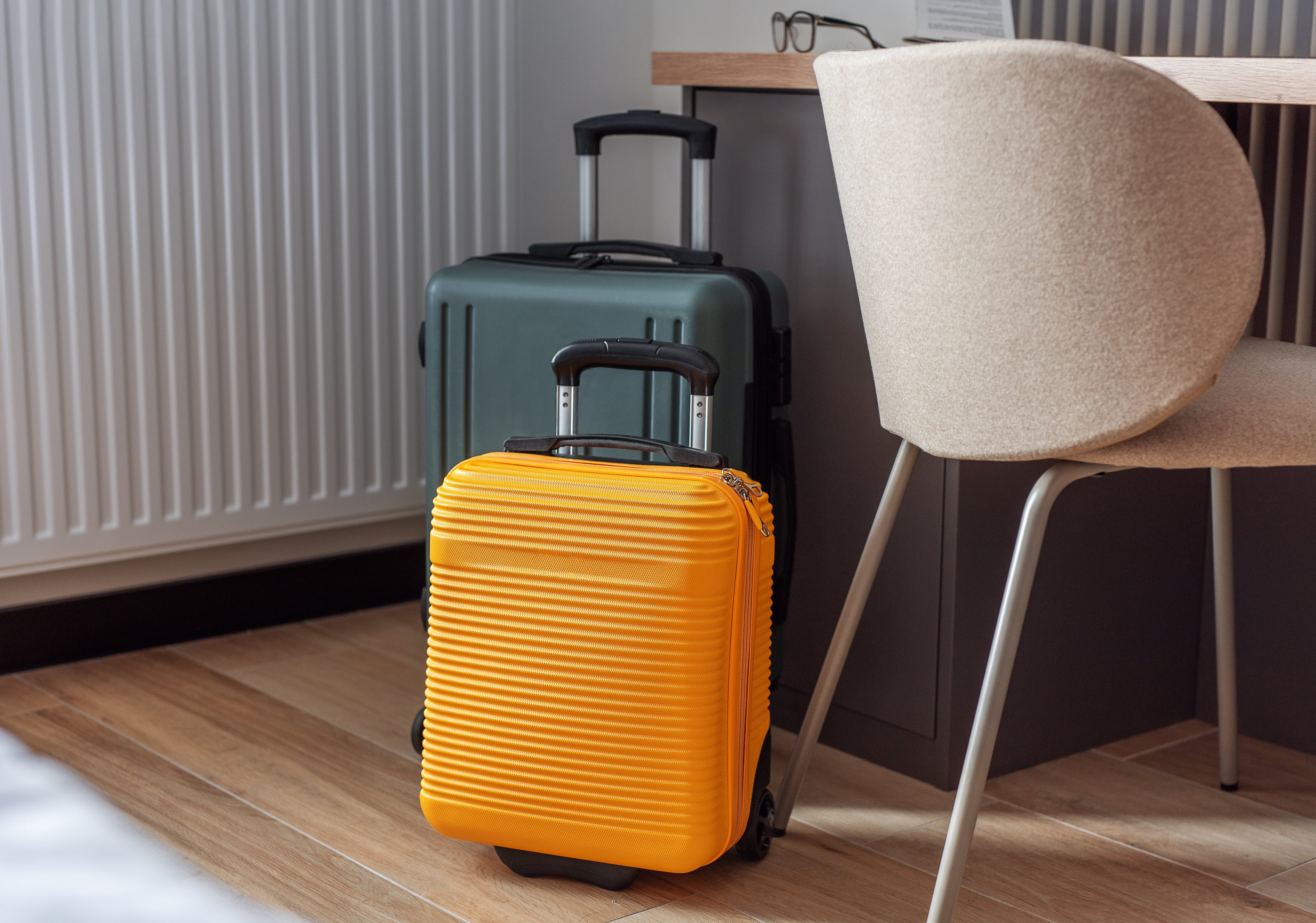Travel bags have evolved significantly over the decades, adapting to changes in transportation, lifestyle, and materials. Early luggage was often rigid and heavy, designed to protect possessions during long train or ship journeys. Leather trunks, wooden frames, and metal reinforcements were common, emphasizing structure over flexibility.
With the rise of air travel, luggage became lighter and more modular. Wheels and telescopic handles were introduced, allowing travelers to move more efficiently through airports. Backpack designs also shifted, incorporating compartments for organization, ease of carrying, and adaptability for different travel needs.
Modern travel bags reflect a blend of tradition and innovation. Materials are selected for wear resistance, ease of handling, and structural stability. Luggage types now range from compact carry-ons to expandable suitcases and specialized bags for electronics, documents, or sports equipment.
Understanding the history of bags can help travelers make practical choices, balancing size, weight, and intended use. From early rigid trunks to contemporary wheeled and soft-sided designs, luggage continues to respond to the changing needs of mobility while maintaining a connection to its functional origins.


